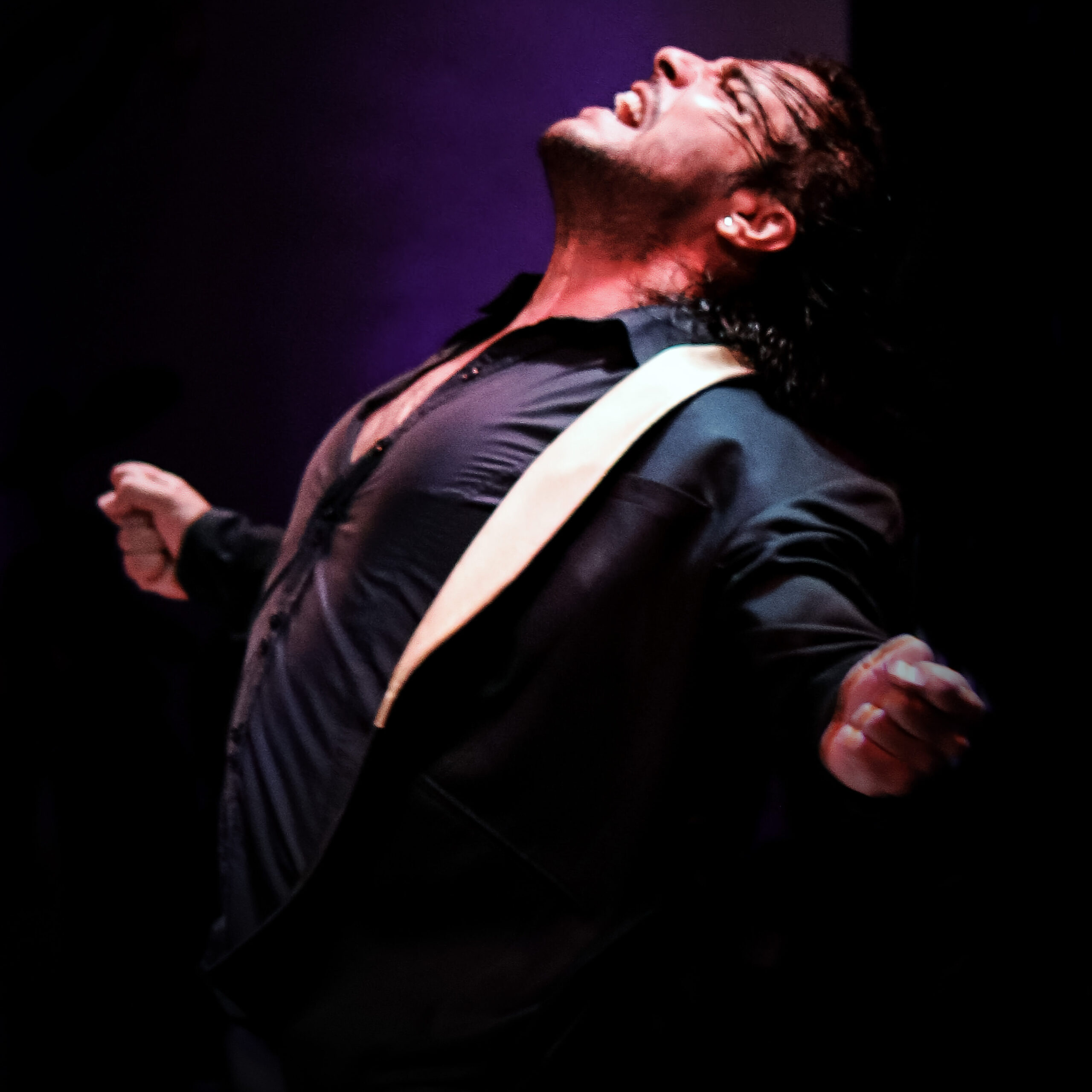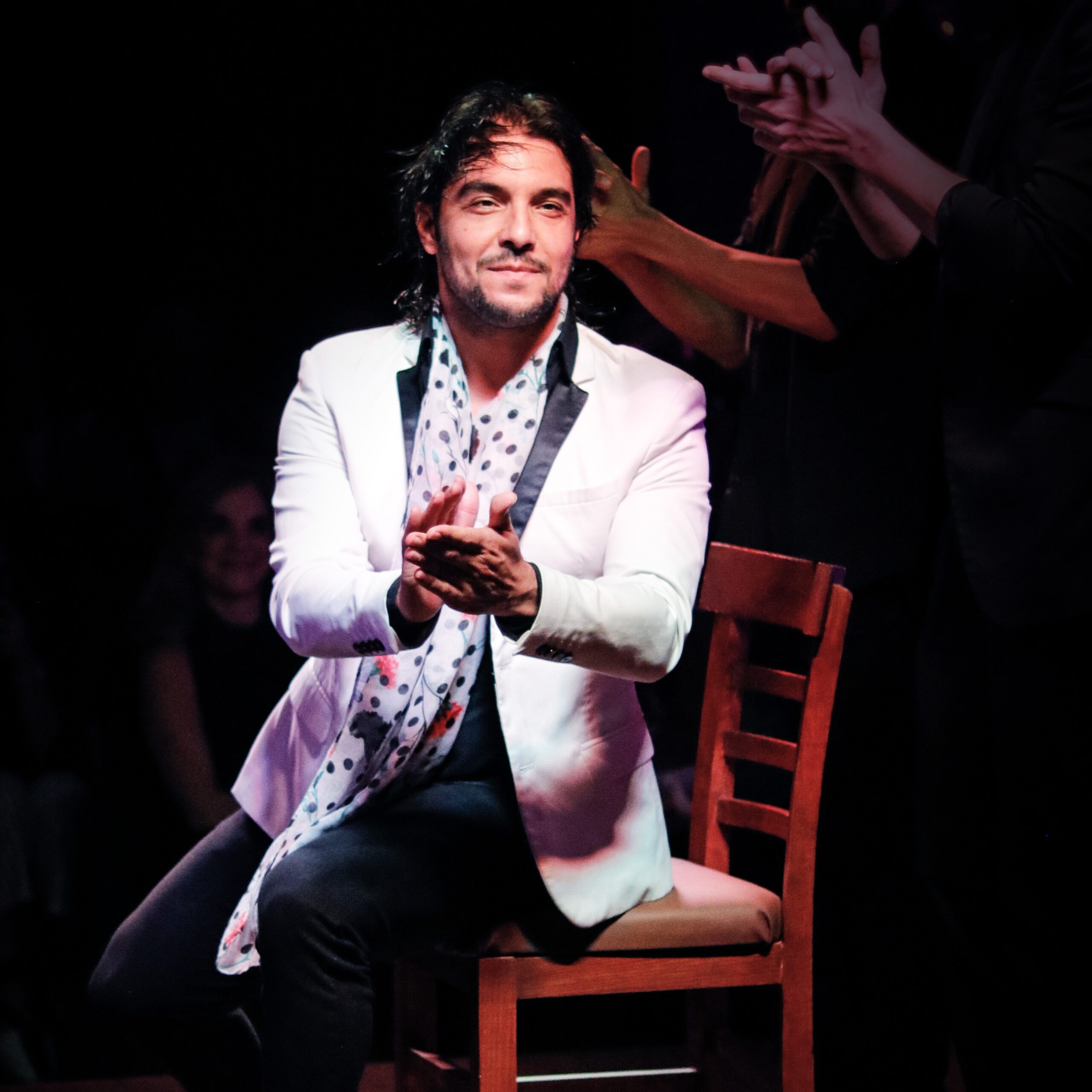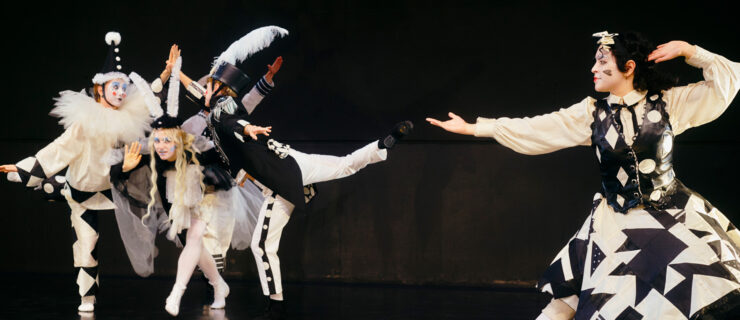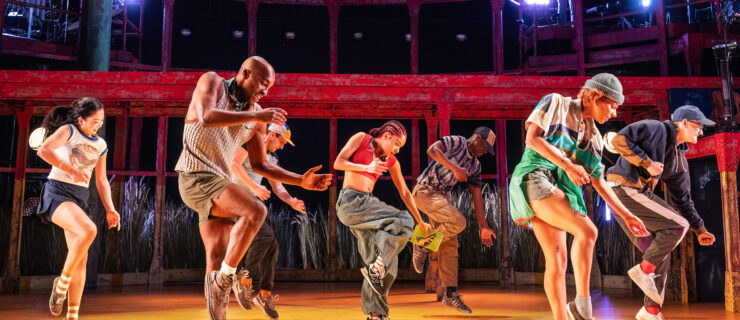Iván Vargas on Creativity and Inspiration in Flamenco
Iván Vargas’ explosive energy and ability to convey the deep-rooted quejío, or cry, of the persecuted Roma people in dance has led him to perform and teach from the historic Sacromonte caves of Granada, Spain, to stages around the world. Vargas, a high-profile protagonist of pure flamenco, has also been invited to top international flamenco festivals, such as the Festival de Jerez in his native Spain and the Festival Flamenco Albuquerque. Last fall, Vargas was an artist in residence at the University of New Mexico’s dance program for a second time. With a constant drive to expand his creative abilities, Vargas also occasionally ventures out of the realm of flamenco, taking on theatrical and classical music projects, such as recently touring with the piano and cello pair Dúo Cassadó.

I always try to reflect all my experiences, and my way of seeing flamenco, when I am choreographing. I want students to be able to capture and see in the creative process how I feel about flamenco, because since I was a very young child it has been a way of life for me. I always remember my homeland of Granada and my teachers in everything I create.
Working with the musical accompanists is a joint effort. I give my ideas to the musicians and they give me theirs and thus begins the teamwork for choreography.
Improvisation is central to flamenco. I try steps and choreographic material with the dancers until the desired result is found. Improvisation with musicians is also important because, depending on what they contribute, different choreographic ideas also emerge.
Emotion for me is essential, and I try to make it present in all my choreography.
Expressiveness of the face should come naturally, it’s not something that can be learned or practiced. It is important to imbue the choreography with feelings and the personality that distinguishes each one of us.
When working with students at the university, I begin by focusing on the palo [musical form of flamenco] we’re going to choreograph. I look for something with a similar origin that’s already within the students’ realm of understanding, to capture the essence of the land where the palo originates from. I have choreographed to Tangos de Granada and Alegrías de Cádiz, and I’ve tried to ensure that the essence of those two cities, Granada and Cádiz, is reflected in the choreography and interpretation.
It is important never to see yourself as an island and to seek input and inspiration from those around you. I often go and see the work of my colleagues.
Preparing to work outside flamenco, first I listen to the music that I will interpret. Since I am not in my natural environment, I need to identify and become familiar with it. I then go to the studio and start choreographing. I also seek feedback and advice from dance experts outside the project.
As a professional my schedule is often hectic, but the spontaneity of creation arises at any time because, as an artist, I am always restless.




